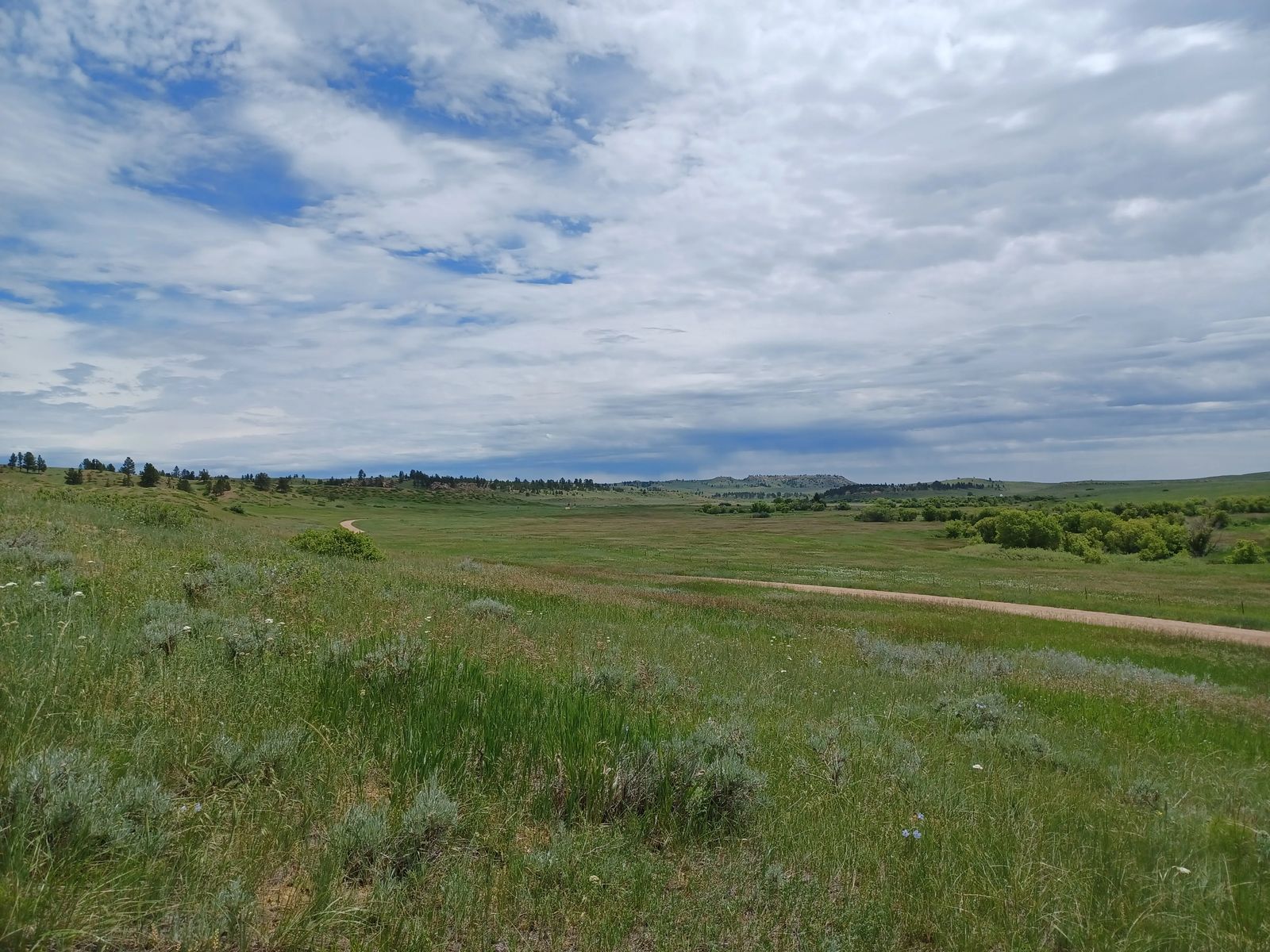

Weekly Gem #288, The Battle of the Rosebud
Published 6/17/2023
Location: This hidden gem is located This hidden gem is located just north of Rosebud Creek, at the Rosebud Battlefield State Park, Montana (see the Clue Me! Map).
The Battle of the Rosebud was part of the “Great Sioux War of 1876.” The U.S. government wanted ownership of the Black Hills. The Lakota Sioux and Northern Cheyenne said no, we’ll fight. The U.S. sent a three-pronged force, including Generals Custer and Terry from the east, General Gibbons from the west, and General Crook from the south. The Sioux and Cheyenne observed their approach, attacked Crook at the Rosebud on June 17, and Custer at the Little Bighorn a few days later.
The Rosebud had three riveting story lines, much too much to cover in one post. Come back in the next two or three weeks to read about the battle from the perspectives of the Sioux / Cheyenne, and that of the Shoshone and Crow scouts who ‘assisted’ General Crook. Today, it’s about the General and his men.
First off, Crook’s men were tired. They had covered 35 miles over 13 hours on June 16. On June 17th they were up at 3 am, reaching this spot at about 8 am, where they got to take a break. Spread out over a mile, the soldiers mostly rested where they stopped, awaiting the orders to move out.
You can see in the first photo the meadow in the valley where they halted, Rosebud Creek to the right, the hills from which the attack was coming to the left. Note that this was the ‘low ground!’ Not where you want to be during a battle. They were intentionally keeping out of sight, attempting to sneak up on a Sioux village that was thought to be nearby (but was not). Meanwhile, Sioux and Cheyenne scouts were watching them the whole time. These scouts got word to Crazy Horse and Sitting Bull, who with at least 1000 warriors, traveled overnight and were in position to attack Crook at 8:30 am on the 17th.
At 8:30, the soldiers had unsaddled their mounts, were making coffee, and several officers were playing cards. They were completely unprepared for the attack. Imagine 1000 warriors galloping down from the ravine and hillsides shown in the second photo, perhaps 60 seconds from attacking the 1000 soldiers who were about to be caught with their pants down. What might have been “Crook’s Last Stand” was prevented when his Shoshone and Crow scouts discovered the Sioux / Cheyenne force in the middle of their charge. The resulting ruckus (more in a future post) alerted the soldiers, and bought them enough time to get organized.
This was the beginning of a very unusual battle. Normally these were hit and run battles, lasting less than an hour. The Rosebud fighting lasted until 2:30 in the afternoon, with pitched battles taking place over 2 – 3 square miles of bluffs and ravines.
General Crook eventually gained and held the high ground. After a dicey several hours, Crook declared victory when the enemy withdrew and left him in control of the battlefield. In terms of casualties, the battle was fairly even, each side losing a few dozen killed and wounded. But crucially to General Custer and the 7th Cavalry, the “victorious” General Crook marched back the way he had come, having used up most of his ammunition, and with several wounded soldiers who needed treatment. This meant that the Sioux and Cheyenne could focus all their attention on the approach of Generals Terry and Custer, leading to the much more well-known Battle of the Little Bighorn being fought 8 days later.
.........
Here's the hidden gem entry from our Clue Me! map.
Clue
The low ground.
Description
This is where the cavalry was to start the Battle of the Rosebud.
Why It's Interesting
Not only were they in the low ground, but they were oblivious to danger just over the hill. A massacre waiting to happen.















